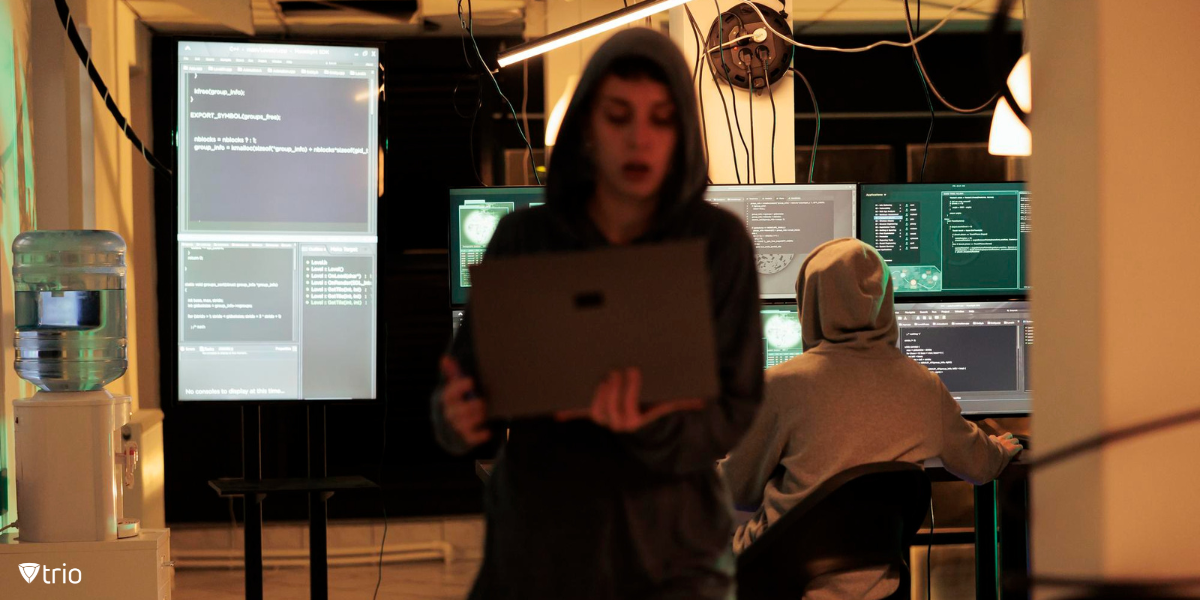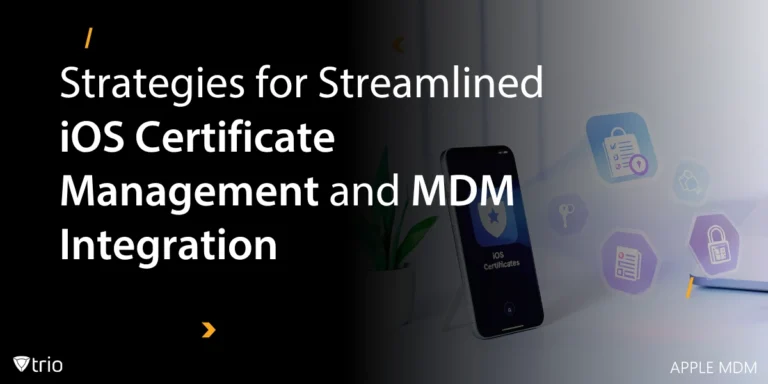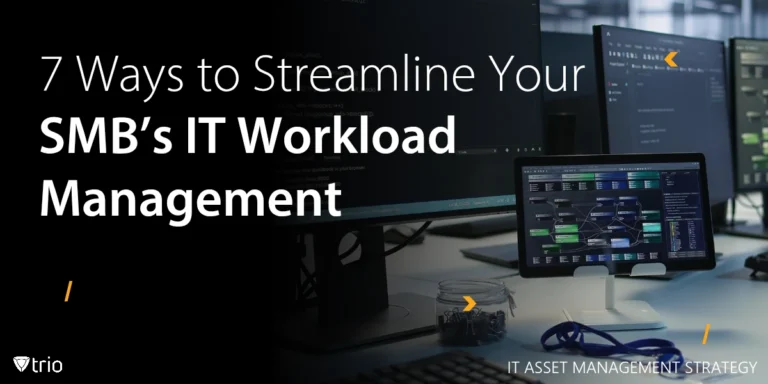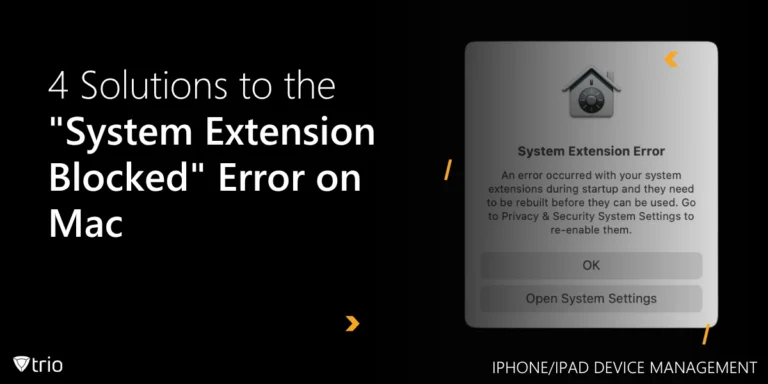Alt Text: Cybersecurity experts analyzing and combating malware threats on multiple systems.
The FBI recently took decisive action to eliminate PlugX malware from thousands of computers across the United States. This type of malware, linked to state-backed hackers in China, posed a serious risk to users’ data and system security. Here’s a closer look at what the malware is, how the FBI tackled it, and the broader implications of this large-scale cleanup effort.
PlugX Malware: A Longstanding Threat
PlugX is not new to the cybersecurity world. Since at least 2008, this remote access Trojan (RAT) has been used by attackers to control infected systems, steal sensitive data, and manipulate files. Over the years, it has evolved, and one version has been in use since 2014. In April 2024, cybersecurity researchers sinkholed a command-and-control server for a PlugX variant, observing over 2.5 million connections from unique IP addresses within six months. This version was reportedly designed with financial and operational support from the Chinese government.
The Hackers Behind PlugX
A group called Mustang Panda, also known as Twill Typhoon, was responsible for deploying this malware. The group has targeted various entities, including government organizations, businesses, and activists. Funded by the People’s Republic of China (PRC), Mustang Panda used PlugX to infiltrate systems, gather information, and maintain control over devices without detection.
How PlugX Works
PlugX spreads through USB devices and network connections. Once a system is infected, it can run commands from its controllers without the user knowing. It operates in the background, embedding itself deep into the system.
Capabilities of the Malware
PlugX’s design allows it to perform multiple functions. These include extracting data from the infected system, sending files back to its controllers, and executing commands to manipulate the device. The malware communicates with a command-and-control (C2) server, receiving instructions and carrying out tasks like moving or deleting files. It also ensures it remains active by altering system registry keys.
These features make PlugX a persistent threat, capable of remaining undetected while causing significant harm.
The FBI's Operation to Remove PlugX
In a months-long campaign, the FBI worked with international partners to delete PlugX from over 4,200 U.S.-based devices. The operation relied on technical expertise, legal authority, and collaboration with French cybersecurity professionals and law enforcement.
The Role of International Partners
French law enforcement and the cybersecurity firm Sekoia.io discovered a critical vulnerability in the malware’s infrastructure. They identified that PlugX had a “self-delete” function, which could be triggered through its C2 server. This discovery provided a way to remove the malware remotely without affecting legitimate files or system operations.
Gaining Legal Clearance
The FBI obtained nine separate warrants to authorize the removal of PlugX from infected systems. These warrants, issued by the Eastern District of Pennsylvania, allowed the agency to send self-delete commands to compromised devices. The legal process ensured that the operation adhered to U.S. laws while prioritizing user privacy and system integrity.
Implementing the Plan
The FBI, working with its French counterparts, tested the self-delete commands to confirm they would work as intended. After verifying the method, the FBI sent the commands from the commandeered C2 server to the affected devices. This led to the successful removal of PlugX from 4,258 systems by January 2025.
Ethical and Legal Challenges
While the operation was a success, it sparked discussions about the ethical and legal implications of accessing private systems without user consent. The FBI conducted the operation without notifying device owners beforehand, citing the risk of hackers tampering with evidence if the effort was disclosed prematurely.
Privacy Concerns
Organizations like the Electronic Frontier Foundation (EFF) raised concerns about the broader implications of such operations. The EFF acknowledged the benefits of removing malware but warned that allowing government agencies to access personal devices, even for security reasons, could set a troubling precedent. They argued that more transparency and oversight are needed to balance cybersecurity efforts with individual rights.
Government’s Justification
The FBI defended its actions by pointing to the immediate threat posed by the malware. Agents noted that any delay in addressing PlugX could have allowed attackers to adjust their tactics, making the malware harder to eliminate. By acting swiftly, they aimed to protect thousands of systems from further harm.
Why PlugX Remains a Serious Concern
PlugX is not just another piece of malware. It illustrates how state-backed hacking groups can use advanced tools to compromise devices and gain access to critical information. Despite improvements in cybersecurity practices, malware like PlugX remains a significant threat because of its ability to adapt and exploit existing vulnerabilities.
How PlugX Managed to Stay Hidden
One of the reasons PlugX was able to infect so many devices is its ability to go unnoticed for long periods. It mimics legitimate processes on Windows operating systems, making it difficult for basic security tools to identify. Additionally, by spreading through USB devices, it often moved from one computer to another without raising any immediate red flags.
The Larger Impact of PlugX
PlugX was not created to target random users. Its focus extended to organizations and groups of strategic interest, including governments and activists. The information stolen from these systems could be used for various purposes, ranging from gaining economic advantages to influencing global political dynamics.
Collaboration Across Borders: A Vital Strategy
The success of this operation was not achieved by a single country or agency. It relied on teamwork across international lines, proving that cyber threats can only be tackled effectively through global collaboration.
Contributions from French Cybersecurity Experts
French law enforcement and the cybersecurity company Sekoia.io were instrumental in identifying a way to remove PlugX. They discovered the malware's self-delete functionality and verified that it could be triggered remotely without causing unintended harm to legitimate files. This crucial step laid the foundation for the FBI to carry out the operation in the United States.
Strengthening International Cybersecurity Alliances
Global threats like PlugX highlight the need for stronger partnerships between countries and cybersecurity organizations. Sharing intelligence and resources ensures quicker and more effective responses to attacks. However, these partnerships must also be carefully managed to respect national sovereignty and ensure mutual trust.
Ethical Questions in Cybersecurity Operations
While the FBI’s efforts successfully removed PlugX, they also raised concerns about the methods used to address the issue. Accessing private systems without notifying their owners beforehand is a practice that raises ethical and legal questions.
Privacy Versus Security
The FBI chose not to inform users of the malware removal before the operation. Officials argued that advance notification could have alerted the attackers, giving them time to modify the malware or further exploit infected systems. Critics, however, worry about the implications of such actions, questioning whether they strike the right balance between security and personal privacy.
Setting Limits on Government Authority
This operation reignited debates about the extent to which governments should have access to private devices, even in the name of public safety. It also highlighted the need for transparency in how these operations are carried out. Clear policies and oversight can help ensure that such efforts remain focused on addressing genuine threats without overstepping boundaries.
Lessons for Individuals and Organizations
The FBI’s operation also exposed how vulnerable many devices and networks remain. Preventing similar infections requires not just technical solutions but also better awareness among individuals and organizations.
How to Protect Your Devices
- Update Your Software
- Malware often takes advantage of outdated systems. Regular updates can help close security gaps before attackers exploit them.
- Be Careful with External Drives
USB devices can carry malware from one computer to another. Disabling automatic execution for connected devices can reduce this risk.
- Invest in Security Tools
Modern security software can provide early warnings about potential threats. Using reliable antivirus tools adds an important layer of protection.
- Educate Employees
Organizations should train staff to recognize phishing attempts and avoid practices that could inadvertently spread malware. Awareness is often the first line of defense.
Encouraging a Proactive Mindset
PlugX’s ability to persist for years despite being known demonstrates how easily malware can thrive when proper precautions are not taken. Organizations should make cybersecurity a priority by conducting regular audits and implementing best practices across all levels.
What This Means for the Future
Although PlugX has been removed from thousands of devices, its story is not over. Malware like this evolves quickly, and attackers learn from their mistakes. Governments and organizations must prepare for new challenges by refining their approaches to cybersecurity.
Ongoing Investigations
The FBI continues to investigate Mustang Panda and its activities. Uncovering the group’s methods and tracing its network could lead to additional operations that target other malware campaigns tied to this group.
Preparing for Tomorrow’s Threats
PlugX represents just one example of the growing sophistication of cyberattacks. Lessons from this operation will likely shape future responses to threats posed by similar hacking groups. Building resilient systems and maintaining close partnerships will be essential to addressing these risks.
Conclusion
The FBI’s operation to remove PlugX malware from thousands of U.S. devices marks a significant step in addressing advanced cyber threats. By collaborating with international partners like French law enforcement and Sekoia.io, the agency showed how global teamwork can achieve meaningful results. However, the success of this operation also raises questions about the balance between ensuring public safety and respecting privacy.
For individuals and organizations, this operation serves as a wake-up call about the importance of proactive cybersecurity measures. Regular software updates, awareness of risks associated with external devices, and investment in reliable security solutions are essential in preventing similar threats. Still, even the best precautions must adapt to keep up with evolving tactics used by threat actors.
The ethical debates surrounding this operation underline the need for clear policies and transparency when governments take action that impacts private systems. Finding a balance between swift intervention and accountability will be crucial for maintaining trust in future operations of this kind.
Ultimately, the removal of PlugX highlights the shared responsibility of governments, organizations, and individuals to protect not only their data but also the broader integrity of connected systems. While this was a major success, it’s a reminder that cybersecurity is an ongoing challenge that demands vigilance, collaboration, and preparation for what’s next.
Get Ahead of the Curve
Every organization today needs a solution to automate time-consuming tasks and strengthen security.
Without the right tools, manual processes drain resources and leave gaps in protection. Trio MDM is designed to solve this problem, automating key tasks, boosting security, and ensuring compliance with ease.
Don't let inefficiencies hold you back. Learn how Trio MDM can revolutionize your IT operations or request a free trial today!





